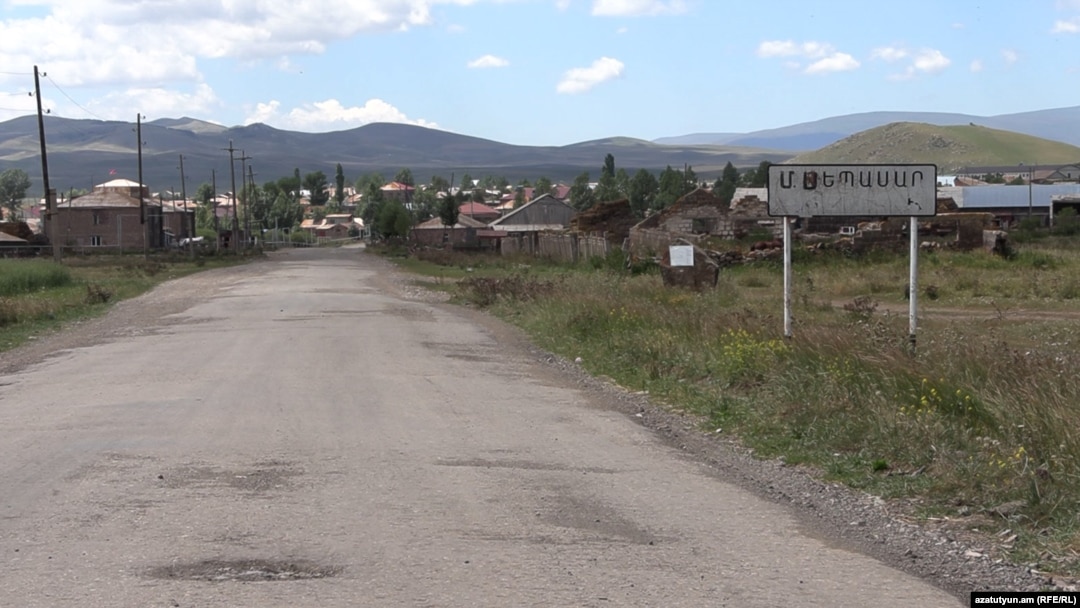The cross-border action launched by Ukrainian armed forces on August 6 comes after more than two years of Russian aggression against Ukraine, where thousands of civilians, including many children, have been killed.
Since the incursion, Ukrainian soldiers have reportedly advanced up to 30 kilometers into Russian territory, capturing dozens of villages and towns. In response, Russian authorities have declared a “federal-level” emergency in Kursk and a “counterterrorism operation regime” in several regions, evacuating about 200,000 civilians from border areas where fierce fighting continues.
Myasnik from the village of Mets Sepasar in Armenia’s Shirak region, who didn’t want his second name to be mentioned for security reasons, said he has not heard from his relative who lives near Kursk for several days. He said that he learned that his relative was among those evacuated, but then returned to care for his household and cattle. The 83-year-old man says he has not heard from him since.
“My cousin’s family engages in cattle-breeding and keeps a large number of cattle. Fighting has approached their area, and the entire population fled. However, my relative returned to take care of the cattle. I have no information about him or whether that village was captured,” he said.
The Kursk region of Russia is officially home to more than 5,000 ethnic Armenians, making them the second largest ethnic minority in the region after Ukrainians.
Earlier this week, Derenik Kostanian, the leader of the Armenian community of Russia’s Kursk region, said that along with other residents at least 150 ethnic Armenians have been displaced by the fighting near the border town of Suja and surrounding villages.
The Armenian Foreign Ministry said it had no information about any citizens of Armenia or ethnic Armenians directly affected by the fighting in Kursk.
Dozens of families from Mets Sepasar settled in the Kursk region during the Soviet times. Myasnik noted that most of his relatives are also in this Russian region. He said another relative from Kursk told him on the phone today that the situation in the regional center was relatively calm, but that they were still considering evacuating their children and possibly leaving the region themselves.
Another Mets Sepasar villager, Petros Melikian, also has relatives in Kursk. He said his nephew keeps in touch with them by video calls. “We receive bits and pieces of information. We hear that [Ukrainians] have captured several populated areas, but the fighting has not yet affected the city [of Kursk]. Our relatives live within Kursk and have not been directly impacted, nor are they inclined to evacuate,” he said.
Among Mets Sepasar families there are also those who have relatives living in Ukraine. Both groups now express regret that the war has placed fellow villagers on opposite sides of the front.


